Home>Gardening & Outdoor>Landscaping Ideas>How To Use A Trimmer For Grass
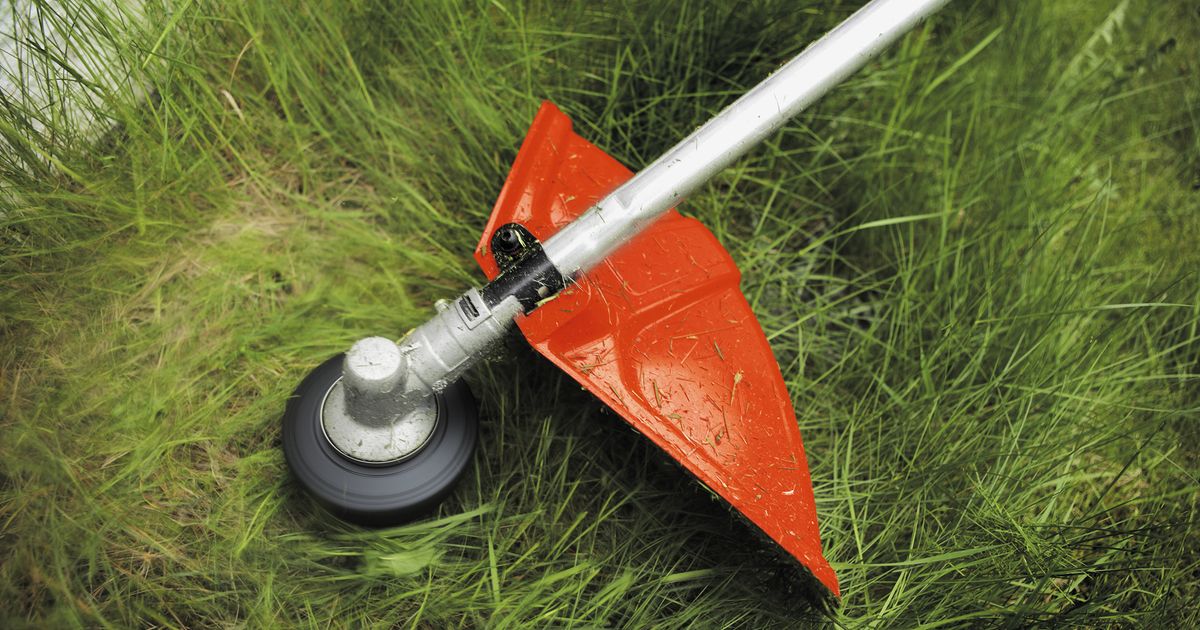

Landscaping Ideas
How To Use A Trimmer For Grass
Modified: August 20, 2024
Learn expert landscaping ideas for using a trimmer to maintain your grass. Discover efficient techniques for achieving a well-groomed lawn.
(Many of the links in this article redirect to a specific reviewed product. Your purchase of these products through affiliate links helps to generate commission for Storables.com, at no extra cost. Learn more)
Introduction
Landscaping can transform your outdoor space into a verdant oasis, but maintaining its beauty requires dedication and the right tools. When it comes to keeping your grass neat and tidy, a trimmer is an invaluable ally. Whether you’re a seasoned green thumb or a novice gardener, mastering the art of using a trimmer can elevate your lawn maintenance game to new heights.
In this comprehensive guide, we’ll delve into the ins and outs of using a trimmer for grass, from understanding its components to mastering essential techniques. By the end of this journey, you’ll be equipped with the knowledge and confidence to wield your trimmer like a pro, achieving pristine edges and a uniform, well-manicured lawn.
So, grab your trimmer, put on your gardening gloves, and let’s embark on this enlightening exploration of how to use a trimmer for grass effectively and safely.
Key Takeaways:
- Mastering the use of a trimmer for grass empowers you to sculpt your lawn with precision and finesse, creating a beautifully manicured outdoor space. Prioritize safety, technique, and maintenance for a pristine lawn.
- Understanding your trimmer, preparing it for use, and mastering essential trimming techniques are key to achieving a well-groomed lawn. Safety, precision, and care ensure a beautifully manicured outdoor sanctuary.
Read more: How To Cut Grass With A Trimmer
Understanding Your Trimmer
Before delving into the practical aspects of using a trimmer, it’s essential to familiarize yourself with its anatomy and functionality. Trimmers, also known as string trimmers or weed eaters, come in various types, including gas-powered, electric, and battery-operated models. Each type has its unique features and operational nuances, so understanding your specific trimmer is crucial for optimal performance.
Most trimmers consist of a handle, shaft, cutting head, and a power source. The cutting head is where the trimming magic happens, housing a spool of nylon line that swiftly spins to trim grass and weeds. The power source, whether it’s a gas engine, electric motor, or rechargeable battery, drives this spinning motion.
Gas-powered trimmers offer robust performance and mobility, making them ideal for larger properties. Electric trimmers, on the other hand, are lighter, quieter, and emit no fumes, making them suitable for smaller yards and environmentally conscious users. Battery-operated trimmers strike a balance between power and convenience, providing cordless maneuverability with sufficient runtime for typical trimming tasks.
Understanding the intricacies of your trimmer’s power source and cutting mechanism is pivotal for safe and efficient operation. Additionally, familiarizing yourself with the manufacturer’s guidelines, including maintenance requirements and recommended accessories, ensures that you can harness the full potential of your trimmer while prolonging its lifespan.
By comprehending the nuances of your trimmer, you can harness its capabilities to sculpt your lawn with precision and finesse. Now that we’ve unraveled the basics of trimmer anatomy, it’s time to prepare the trimmer for action and unleash its trimming prowess on your lawn.
Preparing the Trimmer for Use
Before embarking on a trimming expedition, it’s essential to prepare your trimmer for optimal performance. Start by ensuring that the cutting head is loaded with the appropriate type and length of nylon line. Most trimmers have a spool that accommodates the line, and understanding the correct method for spool replacement or re-spooling is vital for uninterrupted trimming sessions.
Next, inspect the trimmer for any signs of wear and tear, such as frayed cables, damaged guards, or loose components. Addressing these issues before operation not only enhances safety but also prevents potential damage to the trimmer.
Once the trimmer is in good working order, it’s time to fuel or charge it according to the manufacturer’s instructions. For gas-powered trimmers, ensure that the fuel mixture is accurately blended and that the engine is primed for a smooth start. Electric trimmers should be connected to a suitable power source, and battery-operated models must be fully charged to avoid mid-trim interruptions.
Equally important is donning the appropriate personal protective equipment (PPE) before using the trimmer. This includes safety glasses to shield your eyes from debris, ear protection to mitigate the noise generated by the trimmer, and sturdy footwear to safeguard your feet from accidental contact with the cutting head.
With the trimmer primed, fueled, and your safety gear in place, it’s time to embark on the next phase: mastering essential trimming techniques to achieve immaculate results without compromising safety.
Trimming Techniques
Mastering the art of trimming involves employing various techniques to achieve a well-groomed lawn with clean edges and a uniform appearance. Whether you’re tidying up the perimeter of your lawn, trimming around obstacles, or defining borders, the following techniques will help you wield your trimmer with finesse.
- Edging: To create crisp, defined edges along sidewalks, driveways, and garden beds, hold the trimmer vertically with the cutting head perpendicular to the ground. Slowly guide the trimmer along the edge, allowing the nylon line to delicately sculpt a neat border.
- Trimming around obstacles: When navigating around trees, posts, or other obstacles, tilt the trimmer slightly and use a gentle, sweeping motion to trim the grass without making direct contact with the obstacle. This technique requires precision and control to avoid damaging plants or structures.
- Scything: For tackling tall grass or weeds in open areas, hold the trimmer at a slight angle and use a side-to-side sweeping motion, similar to using a scythe. This technique efficiently clears overgrown vegetation while maintaining a uniform height.
- Vertical trimming: When refining the grass height along fences or walls, hold the trimmer horizontally and carefully guide it upward to trim the grass to the desired level. This technique helps create a clean, uniform appearance along vertical surfaces.
- Overlap and steady pace: Whether edging, trimming, or scything, ensure that each pass slightly overlaps the previous one to achieve consistent results. Maintain a steady, unhurried pace to allow the trimmer to effectively cut the grass without strain.
By mastering these techniques and adapting them to suit your lawn’s unique features, you can transform unruly grass into a neatly manicured landscape. However, amid the quest for a pristine lawn, safety should always remain a top priority.
Now, let’s explore essential safety precautions to ensure that your trimming endeavors are not only effective but also free from potential hazards.
When using a grass trimmer, always wear protective gear like goggles and gloves. Start by adjusting the trimmer to the right height and angle for the job. Keep the trimmer at a comfortable distance from your body and move it in a sweeping motion for even cutting.
Safety Precautions
Using a trimmer entails working with a motorized tool that rapidly spins a cutting head, making safety precautions paramount to prevent accidents and injuries. Prioritizing safety not only safeguards you and those around you but also allows for a more focused and enjoyable trimming experience.
First and foremost, always read and familiarize yourself with the trimmer’s user manual and safety guidelines provided by the manufacturer. This knowledge equips you with essential information about operational procedures, potential hazards, and recommended safety measures specific to your trimmer model.
Personal protective equipment (PPE) is non-negotiable when using a trimmer. Wear safety glasses to shield your eyes from flying debris, and ear protection to mitigate the noise generated by the trimmer. Sturdy footwear, preferably with toe protection, is crucial to safeguard your feet from accidental contact with the cutting head or debris.
When operating the trimmer, maintain a firm and balanced stance to ensure stability and control. Avoid overreaching or leaning excessively while trimming, as this can compromise your balance and lead to accidents. Additionally, be mindful of the trimmer’s power cord or the movement range of a battery-operated model to prevent tripping or entanglement.
Keep a vigilant eye out for potential hazards such as rocks, branches, or hidden obstacles in the grass. Clear the trimming area of debris and inspect it for any foreign objects that could be flung by the trimmer’s cutting head, potentially causing harm.
Always switch off the trimmer and disconnect it from the power source before inspecting or adjusting the cutting head, replacing the nylon line, or performing maintenance tasks. This prevents accidental starts and ensures your safety while handling the trimmer’s components.
Lastly, be mindful of your surroundings and the presence of others, especially when trimming near walkways or shared spaces. Communicate with family members or neighbors to ensure they are aware of your trimming activities, and consider posting warning signs to alert passersby of the potential hazards associated with a running trimmer.
By incorporating these safety precautions into your trimming routine, you can approach your lawn maintenance tasks with confidence, knowing that you are prioritizing personal safety and the well-being of those around you. With safety at the forefront, let’s explore essential tips for maintaining and storing your trimmer to prolong its longevity and performance.
Read more: How To Use Ryobi Trimmer As Edger
Maintenance and Storage Tips
Proper maintenance and storage practices are pivotal in preserving the functionality and longevity of your trimmer. By implementing routine maintenance and adopting suitable storage methods, you can ensure that your trimmer remains in prime condition, ready to tackle trimming tasks with efficiency and reliability.
After each use, inspect the trimmer for grass clippings, debris, and any signs of wear or damage. Remove any accumulated grass or dirt from the cutting head, shaft, and air vents using a brush or compressed air. This prevents debris buildup, which can impede the trimmer’s performance and potentially lead to overheating.
Regularly check the nylon line for wear and replace it as needed to maintain optimal cutting efficiency. Keeping the cutting head clean and free from entangled grass or debris ensures that the trimmer operates smoothly and delivers precise trimming results.
Periodically inspect the trimmer’s components, including the cutting head, guard, and handle, for signs of damage or wear. Tighten any loose fasteners and replace damaged parts promptly to prevent compromised performance or safety hazards during operation.
For gas-powered trimmers, adhere to the manufacturer’s guidelines for fuel storage and engine maintenance. Use high-quality fuel and additives as recommended, and store the trimmer with a full or stabilized fuel tank to prevent fuel system issues. Additionally, replace the air filter and spark plug according to the maintenance schedule to maintain optimal engine performance.
Electric and battery-operated trimmers require attention to their power sources. Ensure that the power cord of an electric trimmer is free from damage and properly insulated. For battery-operated models, store the battery in a cool, dry place and recharge it as needed to maintain its capacity and longevity.
When storing the trimmer, whether for the short term or off-season, choose a well-ventilated, dry area that is protected from the elements. Hang the trimmer or store it on a shelf to prevent damage and minimize the space it occupies. Avoid storing the trimmer in direct sunlight or near sources of heat to prevent deterioration of plastic components and potential fuel evaporation in gas-powered models.
By incorporating these maintenance and storage practices into your trimmer care routine, you can ensure that your trimmer remains in peak condition, ready to tackle trimming tasks with precision and reliability. With a well-maintained trimmer at your disposal, you can embrace the joys of maintaining a beautifully manicured lawn with confidence and ease.
Conclusion
Mastering the use of a trimmer for grass empowers you to sculpt your lawn with precision and finesse, creating a beautifully manicured outdoor space. By understanding the intricacies of your trimmer, preparing it for use, and mastering essential trimming techniques, you can elevate your lawn maintenance game to new heights.
As you embark on your trimming endeavors, prioritizing safety precautions ensures that your lawn maintenance tasks are not only effective but also free from potential hazards. Equipped with the knowledge of essential maintenance and storage tips, you can preserve the functionality and longevity of your trimmer, ensuring that it remains a reliable ally in your landscaping pursuits.
Whether you’re edging, trimming around obstacles, or scything through overgrown grass, the art of using a trimmer for grass is a blend of technique, precision, and safety consciousness. With each carefully executed pass of the trimmer, your lawn transforms into a pristine canvas, reflecting your dedication to creating a captivating outdoor sanctuary.
So, the next time you pick up your trimmer, envision the transformation it brings to your lawn – from unruly edges to clean borders, from overgrown patches to neatly trimmed grass. Embrace the artistry of using a trimmer for grass, and let your outdoor space flourish under your attentive care.
With the insights gained from this guide, may your trimming endeavors be rewarding, your lawn be immaculate, and your outdoor sanctuary be a source of pride and joy for years to come.
Frequently Asked Questions about How To Use A Trimmer For Grass
Was this page helpful?
At Storables.com, we guarantee accurate and reliable information. Our content, validated by Expert Board Contributors, is crafted following stringent Editorial Policies. We're committed to providing you with well-researched, expert-backed insights for all your informational needs.

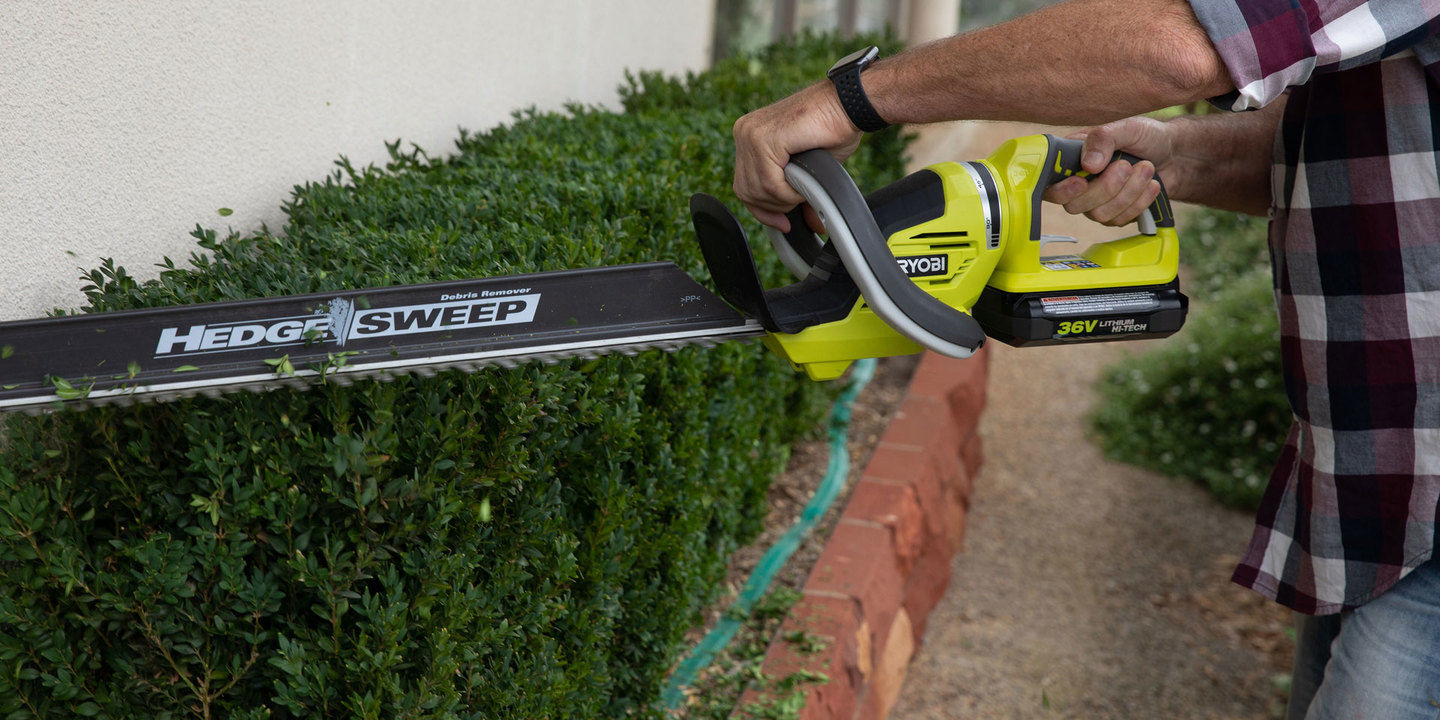
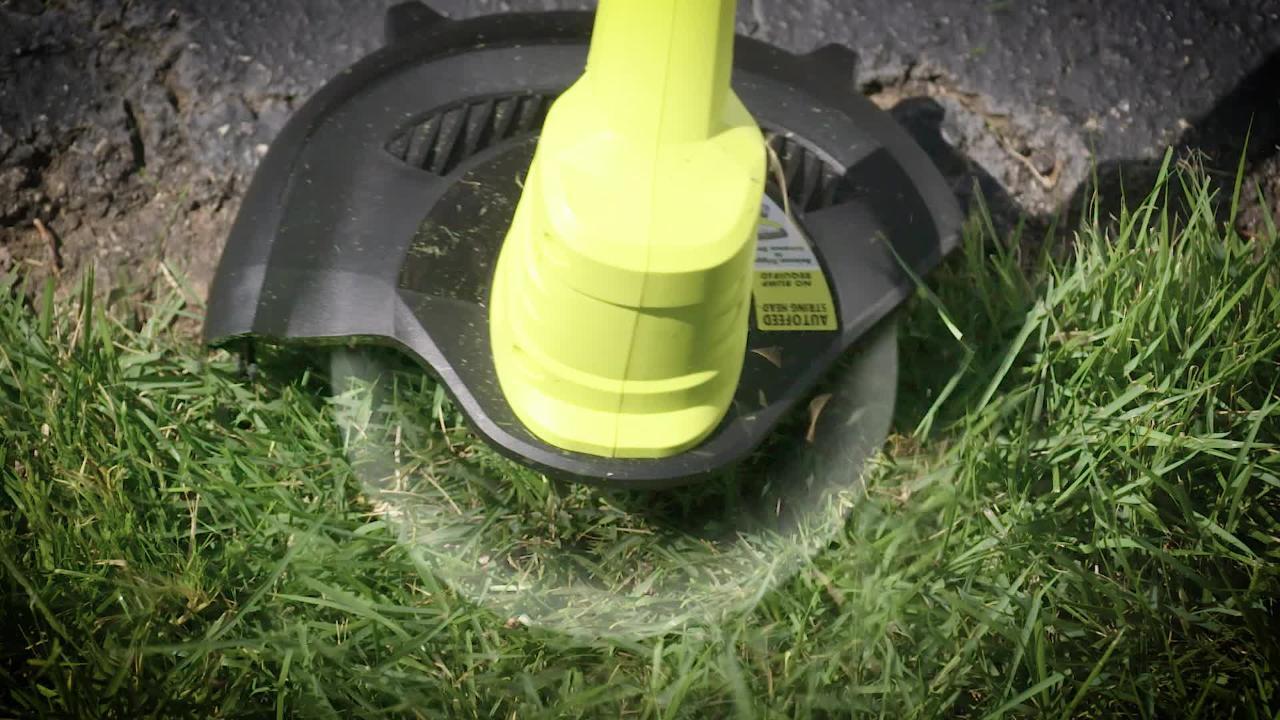
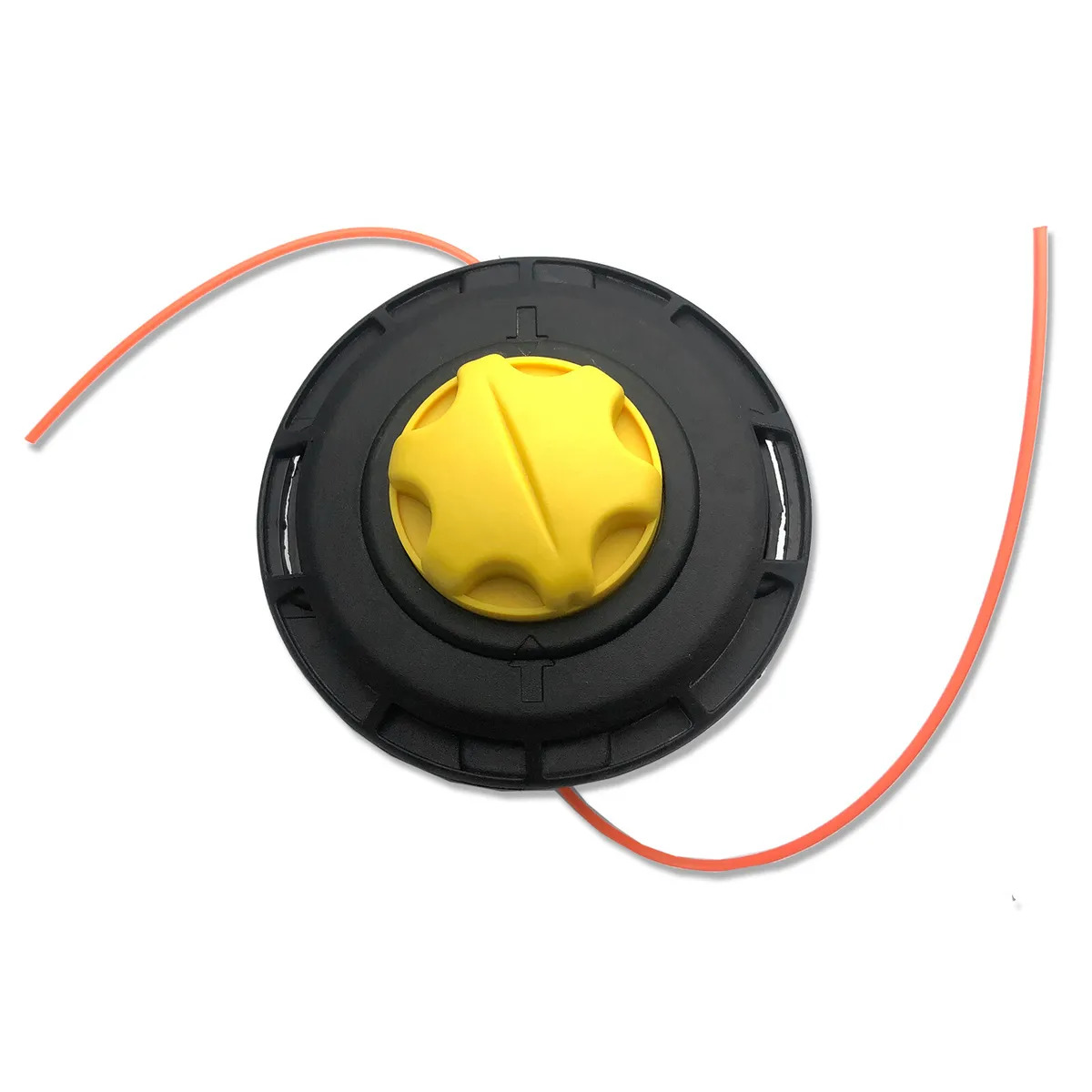


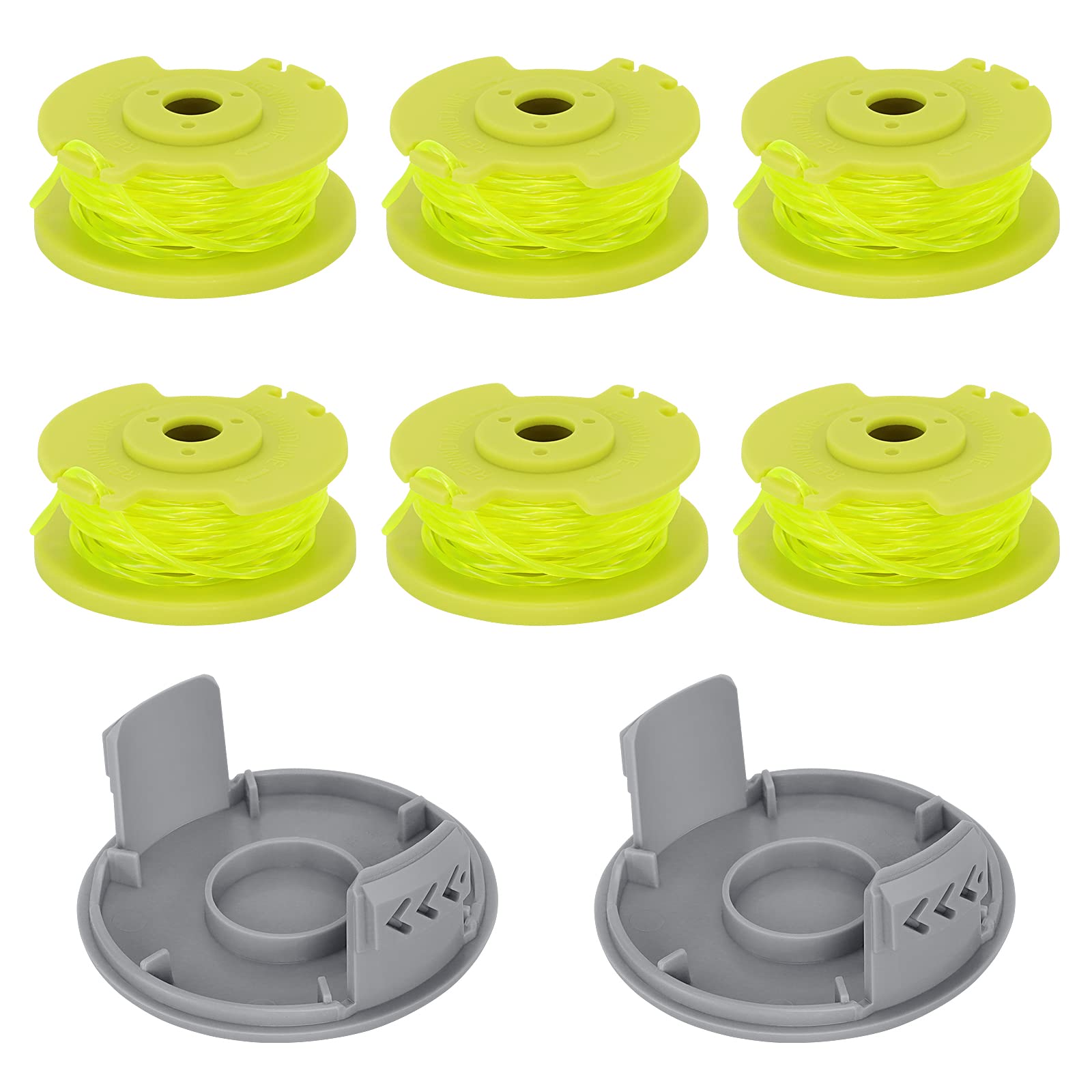
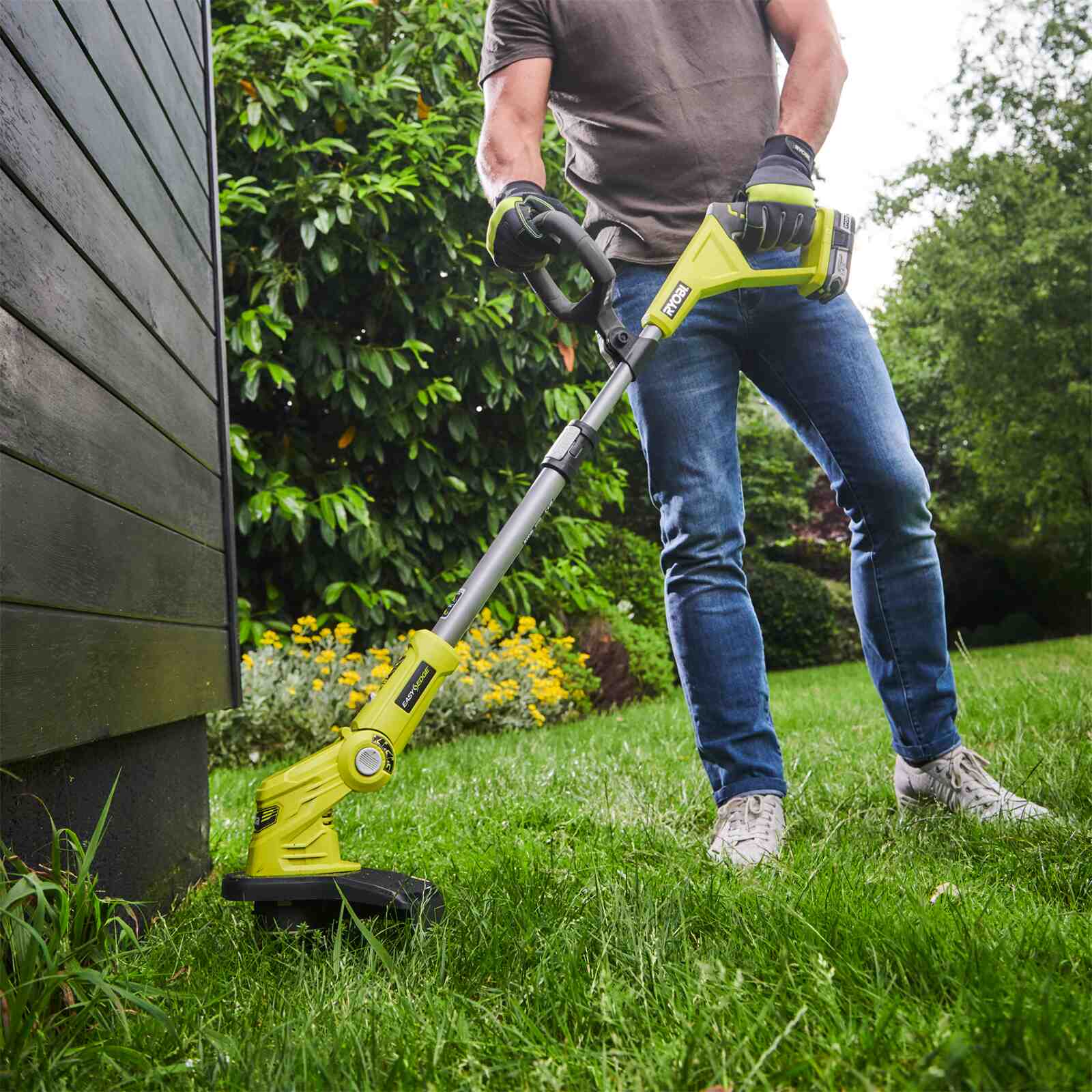
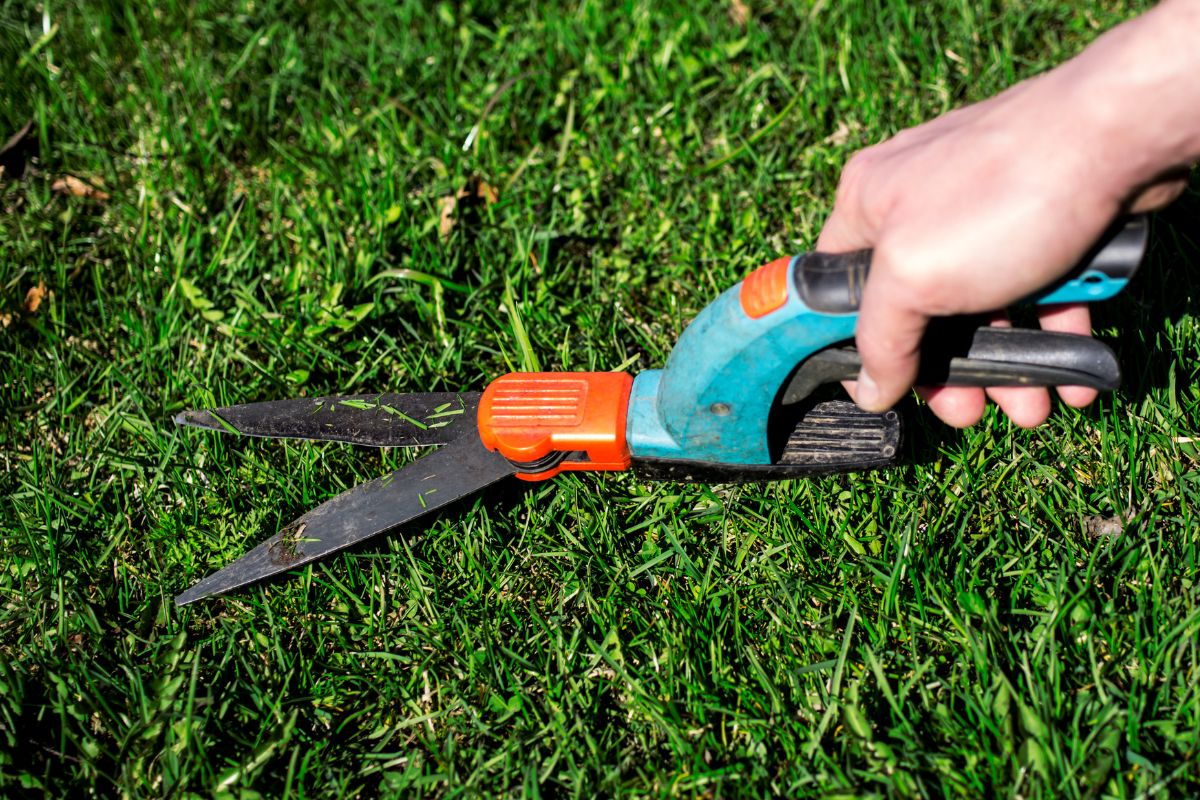

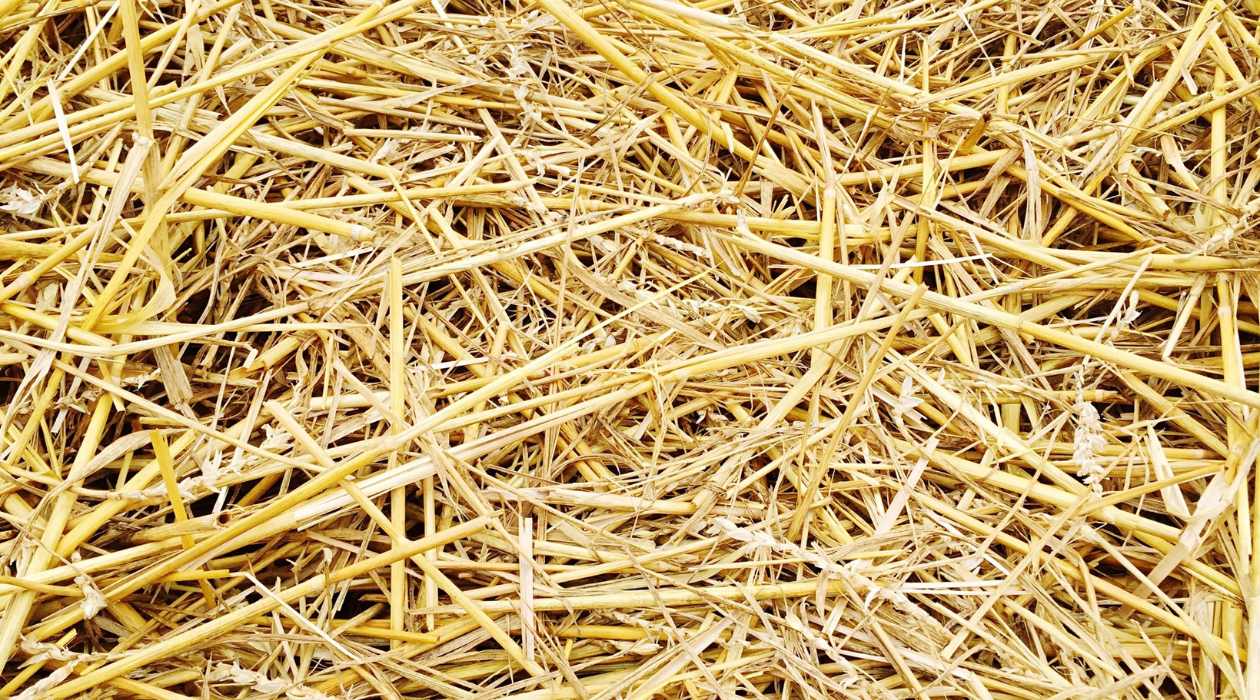

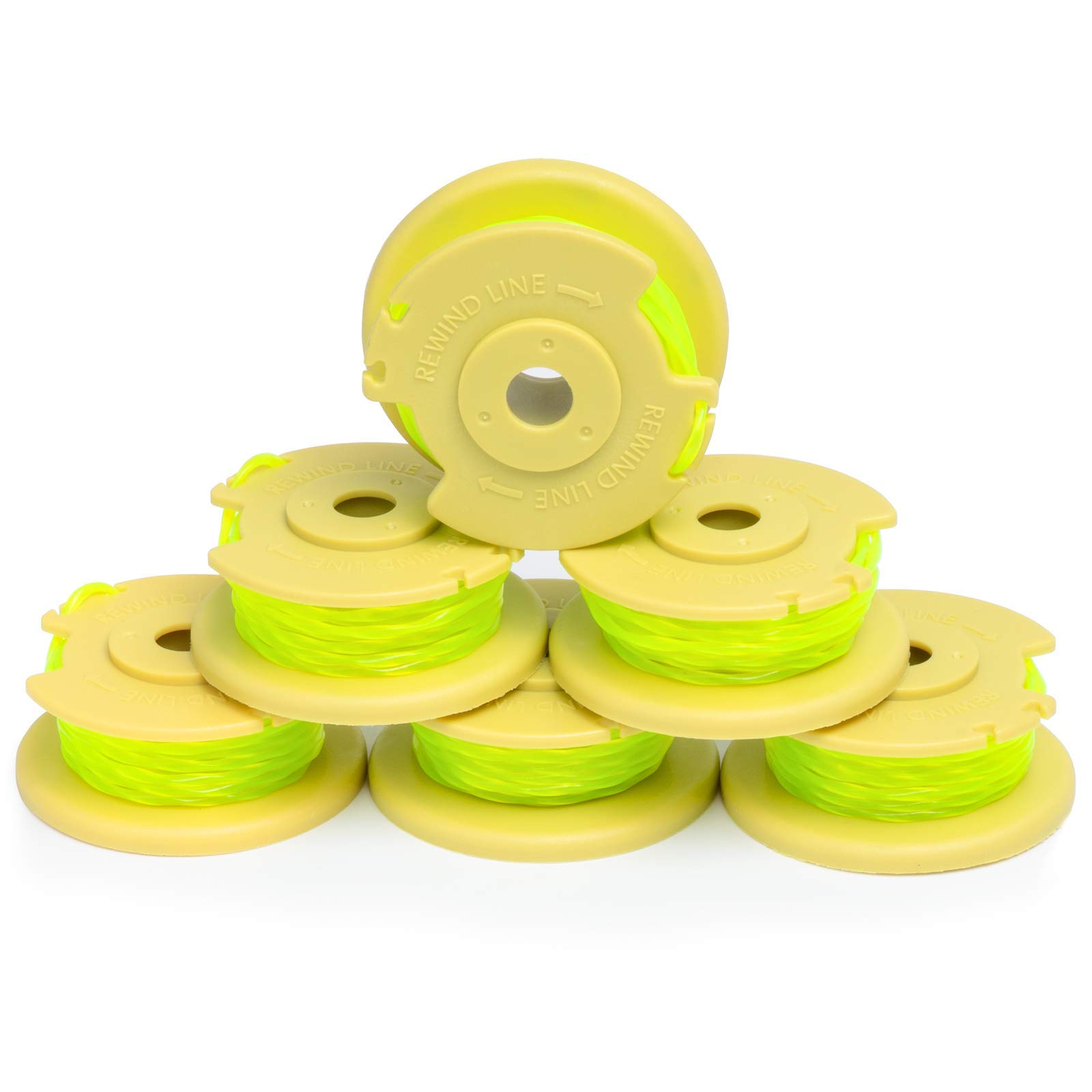


0 thoughts on “How To Use A Trimmer For Grass”